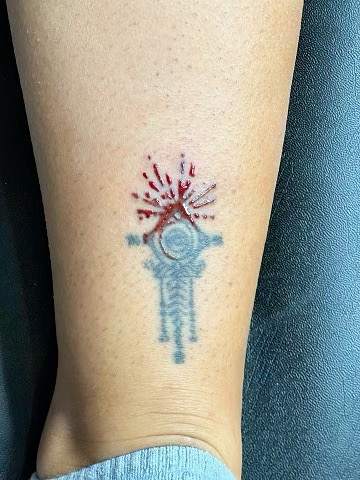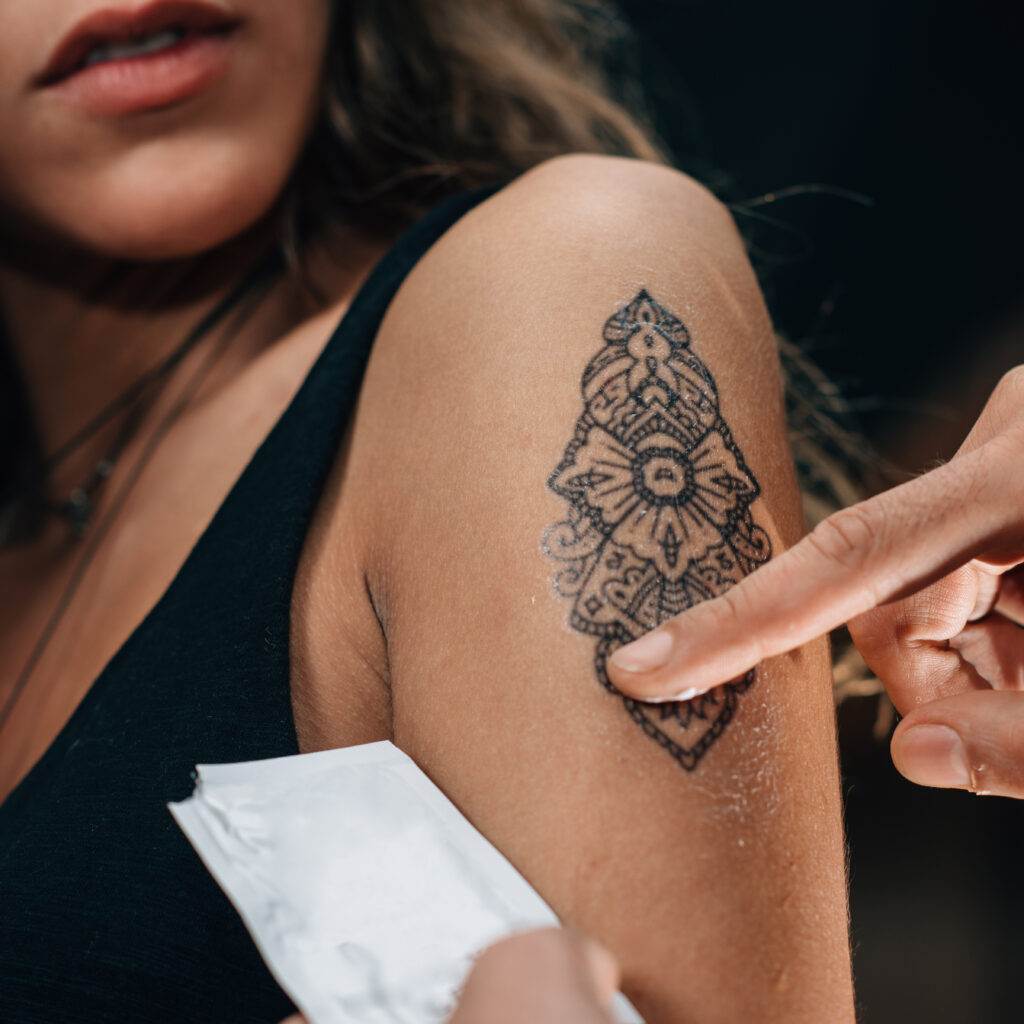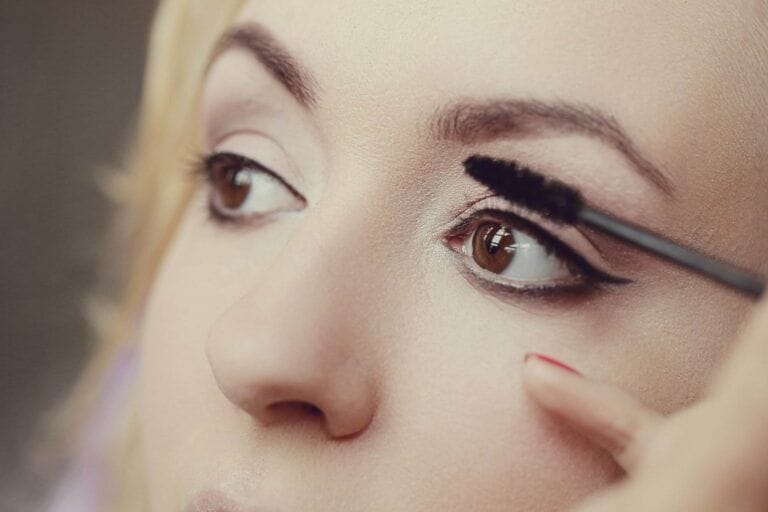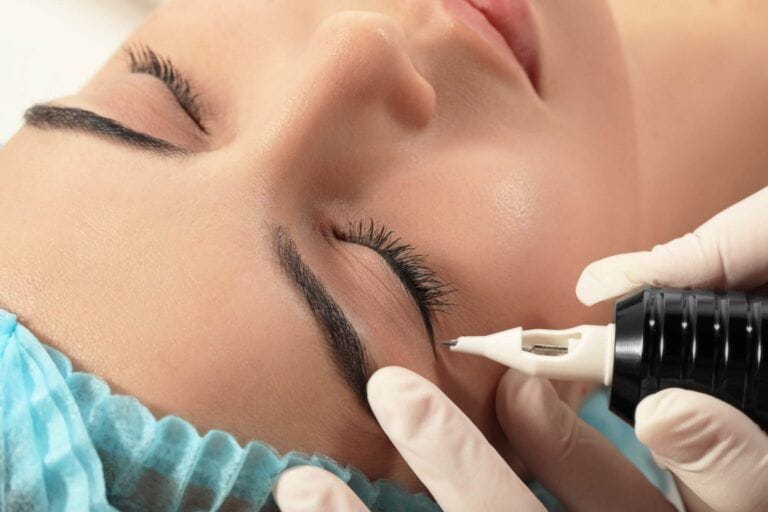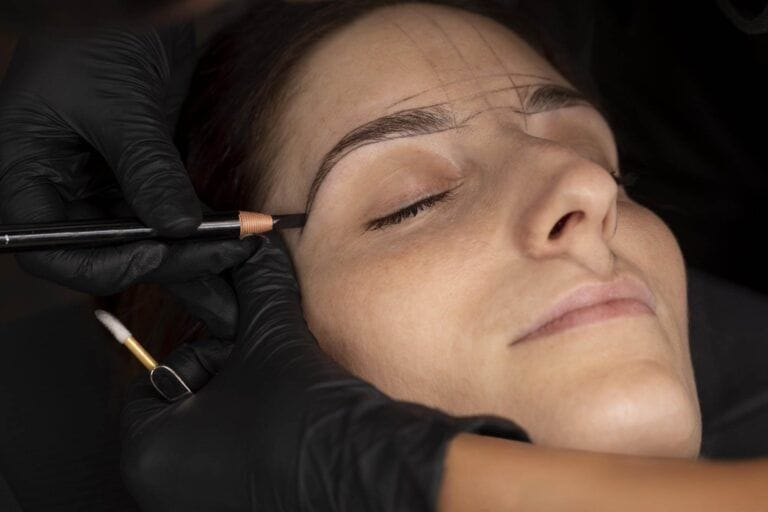Importance of touch-ups in tattooing
Touch-ups are a crucial part of the tattooing process that ensures the longevity and vibrancy of your artwork. Over time, tattoos can fade and lose their sharpness due to several factors such as exposure to sunlight, aging of the skin, and natural wear and tear. It is normal for tattoos to require touch-ups, especially after a few years.
Maintaining the beauty and longevity of your tattoo
To maintain the beauty and longevity of your tattoo, regular touch-ups are essential. Here are some reasons why you should consider getting touch-ups:
- Refreshing the colors: Tattoos can fade over time, especially those exposed to sunlight. Touch-ups can revitalize the colors and restore the vibrancy of your tattoo, making it look as good as new.
- Fixing imperfections: Sometimes, during the healing process, tattoos may develop slight imperfections or uneven lines. Touch-ups allow the artist to correct any flaws and ensure that your tattoo looks perfect.
- Timeless artwork: Getting regular touch-ups ensures that your tattoo remains sharp and retains its original appearance. It prevents the tattoo from turning into a blurry or undefined image as it ages.
- Enhancing details: Touch-ups give the artist an opportunity to enhance the details of your tattoo, making it more intricate and visually appealing.
- Maintaining personal expression: Your tattoo is an extension of yourself and your personal style. Regular touch-ups help in preserving the integrity of your design and keeping it meaningful and representative of your personality.
Overall, touch-ups are vital for maintaining the beauty and longevity of your tattoo. By getting regular touch-ups, you can ensure that your tattoo remains vibrant, sharp, and a true reflection of your personal expression.
Understanding the Tattoo Healing Process
The importance of proper aftercare
Proper aftercare is crucial for the healing process of a tattoo. Following the instructions provided by the artist is essential to ensure proper healing. Here are some reasons why proper aftercare is vital:
- Prevent infection: Following the recommended aftercare routine helps prevent infections and other complications that can delay the healing process.
- Minimize scabbing: Proper aftercare can reduce the formation of thick scabs, which can lead to patchy or uneven healing and affect the final result of the tattoo.
- Preserve colors: Optimal aftercare can help preserve the colors of the tattoo, preventing fading or dullness over time.
- Avoid irritation: By taking care of the tattoo during the healing process, it minimizes irritation, itching, and discomfort.
- Promote faster healing: Following aftercare instructions can speed up the healing process, allowing you to enjoy your tattoo sooner.
Common factors that can affect tattoo healing
Several factors may impact the healing process of a tattoo. It is important to be aware of these factors to ensure optimal healing and maintain the quality of your tattoo:
- Skin type: Different skin types have different healing processes. Individuals with oily skin may experience more difficulty in healing compared to those with dry or normal skin.
- Placement: The location of the tattoo can affect healing. Areas with thinner skin or that are prone to movement may require more attention and care.
- Personal health: Individual health and immune system play a role in tattoo healing. Maintaining a healthy lifestyle is crucial for better healing.
- Sun exposure: Exposing a fresh or healing tattoo to direct sunlight can cause fading and damage. It is crucial to avoid sun exposure and use SPF protection during the healing process.
- Environmental factors: Extreme temperatures, excessive sweating, and exposure to chemicals or harsh environments can impact tattoo healing.
By understanding the tattoo healing process and taking proper care of the tattoo, one can ensure a successful healing experience and enjoy the longevity and beauty of the artwork.

Why Touch-Ups Are Necessary
Fading and color loss over time
Over time, tattoos may fade and lose their initial vibrancy due to various factors such as sun exposure, natural skin aging, and the quality of tattoo pigments used. Touch-ups help restore the faded colors and make the tattoo look vibrant and fresh again.
Fixing minor imperfections and inconsistencies
Sometimes, during the healing process or over time, minor imperfections or inconsistencies may appear in a tattoo. These can include small areas of uneven coloring, blurred lines, or areas that may not have healed as expected. Touch-ups allow the artist to fix these minor issues and ensure that the tattoo looks flawless and cohesive.
Touch-ups are not uncommon in the world of tattoos and are a normal part of the tattooing process. They help maintain the integrity and visual appeal of the artwork, ensuring that it lasts for years to come. It is important to consult with a professional tattoo artist for any touch-up needs and follow their guidance to achieve the best results.
When Should You Get a Touch-Up?
Signs that your tattoo may need a touch-up
If you notice any of the following signs, it may be time to consider getting a touch-up for your tattoo:
- Faded colors: If the colors of your tattoo have significantly faded or lost their vibrancy, a touch-up can help restore their original appearance.
- Blurred lines or uneven coloring: Over time, the lines of a tattoo may become less defined or certain areas may appear patchy. A touch-up can address these inconsistencies and make your tattoo look crisp and well-defined.
- Minimal healing or scarring: If your tattoo did not heal properly or you experienced scarring during the healing process, a touch-up can help improve the appearance and ensure proper healing.
- Dissatisfaction with the overall look: If you’re simply not happy with how your tattoo turned out and want to make some changes or enhancements, a touch-up can give you the desired result.
The recommended time frame for touch-ups

While there is no set time frame for when you should get a touch-up, it is generally recommended to wait until your tattoo has fully healed before considering one. This can take anywhere from a few weeks to a couple of months, depending on the size and complexity of the tattoo. It’s best to consult with your tattoo artist, as they will be able to assess the condition of your tattoo and recommend the appropriate time frame for a touch-up.
Getting a touch-up at the right time ensures that your tattoo remains vibrant, well-defined, and visually appealing for years to come. It’s important to communicate openly with your tattoo artist and follow their guidance to achieve the best results with your touch-up.
The Touch-Up Process
Evaluation and assessment of the tattoo
The tattoo artist starts the touch-up process by carefully evaluating and assessing the current condition of the tattoo. They specifically focus on areas of fading, blurred lines, uneven coloring, or any other issues that indicate the need for a touch-up. This thorough evaluation helps the artist determine the extent of work required and plan the appropriate touch-up techniques.
Color mixing and blending techniques for seamless touch-ups
One crucial aspect of a successful touch-up is matching the colors of the original tattoo. The artist meticulously mixes and blends the pigments to match the existing colors, ensuring a seamless and natural-looking result. Additionally, shading and layering techniques may be used to enhance the overall appearance of the tattoo.
During the touch-up process, the artist skillfully redefines lines, adds depth, and corrects any inconsistencies in coloring. Their precise techniques ensure that the touch-up seamlessly integrates with the existing tattoo, creating a refreshed and vibrant final result.
By following the evaluation process and employing color blending techniques, a touch-up can effectively enhance the appearance and longevity of your tattoo. It ensures that your tattoo continues to be a source of pride and satisfaction for years to come.
Conclusion
The importance of touch-ups in preserving the beauty of your tattoo
Regular touch-ups are essential in preserving the beauty of your tattoo. Over time, tattoos can fade, lines can blur, and colors can become uneven. A touch-up allows the artist to restore the tattoo to its original vibrancy and ensure its longevity.
Taking the time to evaluate and assess the tattoo’s condition before starting the touch-up process ensures that the artist can address any areas of concern effectively. Precise color mixing and blending techniques further contribute to creating a seamless and natural-looking final result.
By investing in touch-ups, you can maintain the appearance and quality of your tattoo. It allows you to enjoy your tattoo for years to come and proudly display it as a work of art on your body. Remember, regular touch-ups are an integral part of the tattoo maintenance process and can significantly contribute to the overall beauty and satisfaction with your tattoo.

